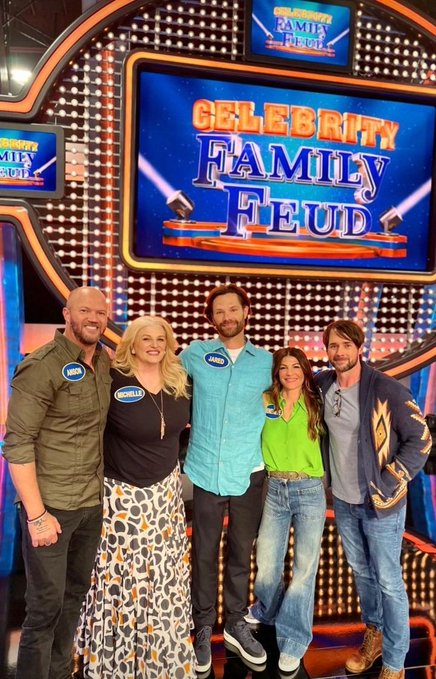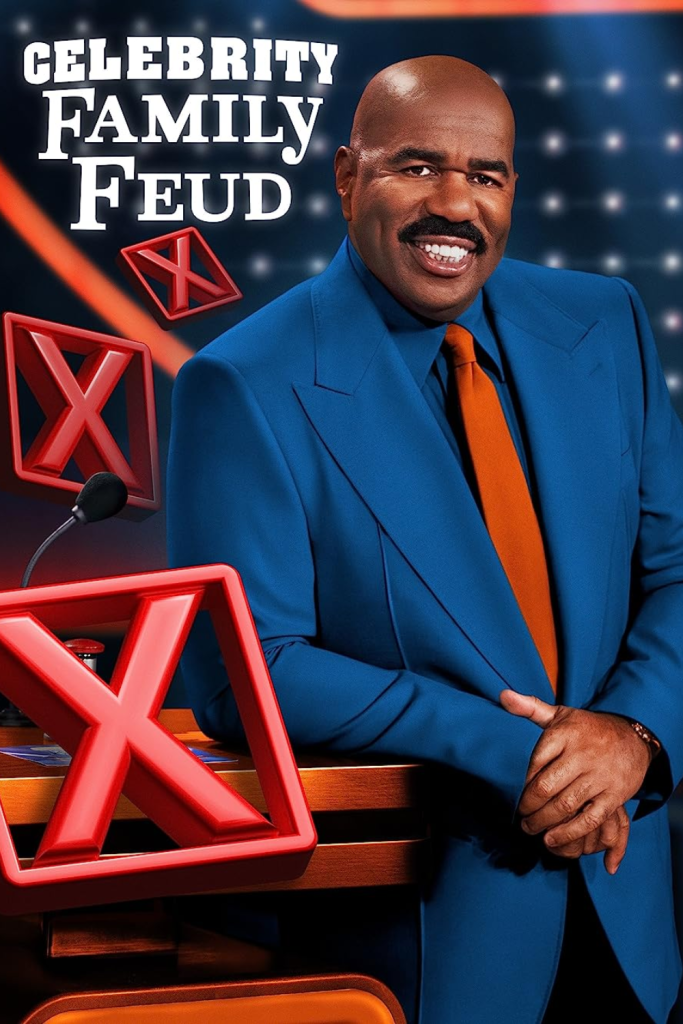Why has Family Feud remained such a beloved game show over the decades? The answer lies in its engaging format and charismatic hosts who have kept audiences entertained. From Richard Dawson's charm to Steve Harvey's energetic presence, each host brought something unique to the table. This enduring appeal stems from the combination of family competition, humor, and relatable survey questions that resonate with viewers across generations.
The history of Family Feud is rich with memorable moments and iconic hosts. Since its debut in 1976, the show has undergone several revivals, each introducing a new personality at the helm. Richard Dawson set the tone as the original host, known for his playful interactions with contestants. His successor, Ray Combs, brought youthful enthusiasm to the stage during the late '80s and early '90s. Following this era, Louie Anderson added comedic flair, while John O'Hurley introduced sophistication to the proceedings. Eventually, the mantle passed to Steve Harvey, whose dynamic style revitalized the series and brought it into the modern age. Each iteration of Family Feud reflects not only changes in television trends but also evolving societal values.
| Name | Steve Harvey |
|---|---|
| Born | March 17, 1957 (age 66) |
| Place of Birth | St. Louis, Missouri, U.S. |
| Occupation | Comedian, Author, Radio Host, Television Personality |
| Education | East St. Louis Senior High School |
| Career Highlights | IMDb Profile |
| Awards | NAACP Image Award, Daytime Emmy Nominee |
Family Feud’s success can be attributed to its simple yet effective premise: two families compete by guessing answers based on surveys conducted among 100 people. Over the years, the show has adapted to changing times while maintaining its core structure. For instance, when Gerry Dee took over hosting duties for the Canadian version, he infused local humor and cultural references, making it resonate with regional audiences. Similarly, Kenan Thompson’s portrayal of Steve Harvey in an SNL sketch highlighted how deeply embedded the show had become in American pop culture by parodying political figures participating in a mock Family Feud episode.
In recent years, Family Feud has embraced digital platforms to reach broader audiences. Social media challenges inspired by the show, such as those seen on TikTok under hashtags like #FamilyFeudNight, encourage fans to recreate famous scenes or devise their own versions of the game. These user-generated contents demonstrate the program's influence beyond traditional broadcasting channels. Additionally, events organized by schools and communities, like the one hosted by Newburgh Free Academy's Class of 2019, showcase how Family Feud serves as both entertainment and a tool for fostering camaraderie among participants.
Throughout its existence, Family Feud has consistently evolved without losing sight of what makes it special – pitting relatives against each other in good-spirited rivalry while celebrating shared human experiences through survey-based questions. Whether it’s asking about things people carry around all the time or imagining scenarios involving weathermen during hurricanes, these queries tap into universal truths that connect viewers regardless of background. As we look back at the timeline from 1976 to today, it becomes clear why Family Feud remains relevant; its ability to adapt while staying true to its roots ensures longevity unmatched by many contemporaries.
Moreover, the transition between hosts played a crucial role in shaping the identity of Family Feud. When Richard Dawson first stepped onto the set, he established rapport with contestants using wit and warmth, setting expectations for future presenters. Ray Combs injected energy and excitement into the gameplay, appealing particularly to younger demographics. Louie Anderson capitalized on his stand-up comedy background to deliver laughs while keeping things competitive. John O’Hurley brought elegance and poise, offering a polished contrast to previous iterations. Finally, Steve Harvey emerged as the perfect fit for contemporary audiences, blending humor, authenticity, and leadership qualities necessary to sustain the franchise's popularity.
It is worth noting that Family Feud transcends geographical boundaries. In Canada, Gerry Dee successfully localized the experience, ensuring relevance to domestic viewers. Meanwhile, international adaptations continue cropping up worldwide, proving the concept's universality. Even satirical takes, such as the SNL skit featuring key players from the 2024 election, underscore the show's versatility and impact within media landscapes. Such interpretations further cement Family Feud's status as more than just a game show—it's a cultural phenomenon capable of crossing genres and formats effortlessly.
As technology advances, Family Feud continues exploring innovative ways to engage audiences. Interactive features available online allow fans to participate virtually alongside studio contestants, creating immersive experiences previously unimaginable. Furthermore, merchandise ranging from branded memorabilia to themed party kits capitalizes on the brand's widespread recognition. All these efforts contribute to sustaining interest and expanding reach far beyond conventional television broadcasts.
Ultimately, Family Feud owes its sustained success to its adaptability and commitment to preserving core elements cherished by long-time followers. By embracing diverse personalities behind the podium and leveraging emerging technologies, the show stays fresh and exciting. Whether enjoyed as part of family gatherings, community activities, or simply tuning in solo, there's no denying the magic created every time someone shouts out an answer hoping it matches one of the top responses according to surveys of 100 people. That connection between viewer and content defines why Family Feud endures as one of television's most beloved game shows.
:max_bytes(150000):strip_icc()/familyfeud-58bacf405f9b58af5cb6a016-5c50945ec9e77c00016f37ca.jpg)



